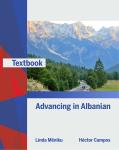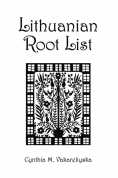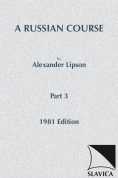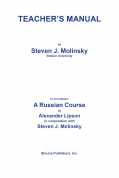The authors’ original introductory textbook of Albanian (Discovering Albanian 1, U. of Wisconsin Press, 2011) was hailed as “lightening the burden of the instructor, allowing for more productive efforts in designing an effective and modern syllabus,” and received the AATSEEL award for best annual contribution to language pedagogy. Now Slavica presents their intermediate-advanced textbook Advancing in Albanian to provide enhanced access for students to one of the major, but less commonly taught European languages. Albanian has been on track to join the European Union since 2014, and there are five million speakers of this language. The textbook and accompanying workbook transition from English to Albanian as the language of instruction over the course of the year, and are supported by substantial online downloadable audio files. Now achieving proficiency in Albanian will be more feasible without extensive in-country experience, and there is no better way to prepare to go work and live in Albania than to study with this textbook.
Linda Mëniku is professor of linguistics at University of Tirana in Albania. She teaches in the Department of Linguistics, where she specializes in discourse analysis, text linguistics, Albanian as a foreign language, and media discourse. Linda has been teaching Albanian courses at Arizona State University, CLI, since 2003. She is the author of The Gheg Reader, published by Dunwoody Press, and Discovering Albanian, published by University of Wisconsin Press. Linda has been the country representative for American Councils for International Education in Albania since 2003.Héctor Campos is Associate Professor of Spanish and Theoretical Linguistics at Georgetown University. He does research on comparative syntax of the Romance languages. He has also published articles on the syntax of modern Greek and Albanian.
Download the digital files accompanying the book set here







